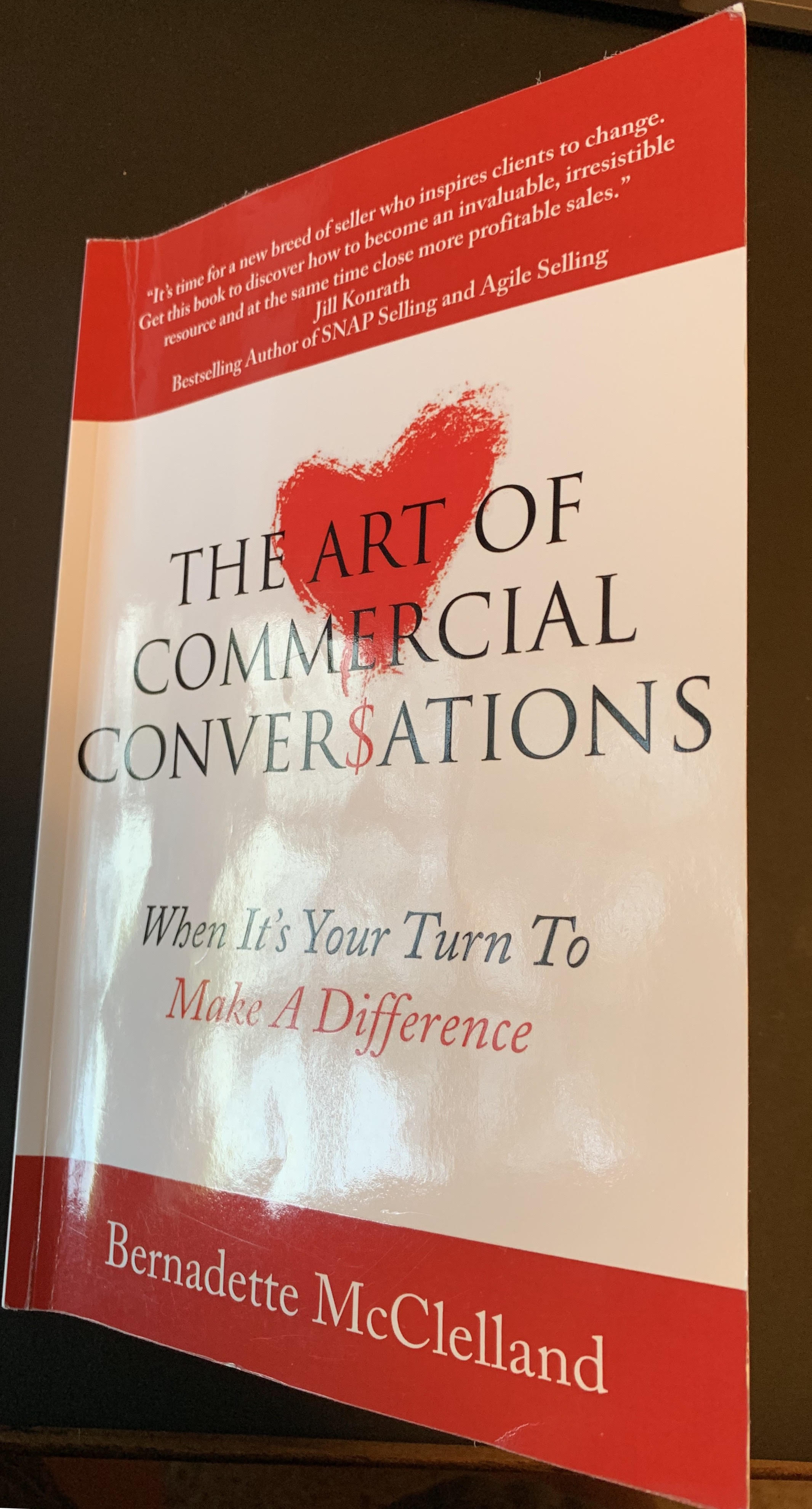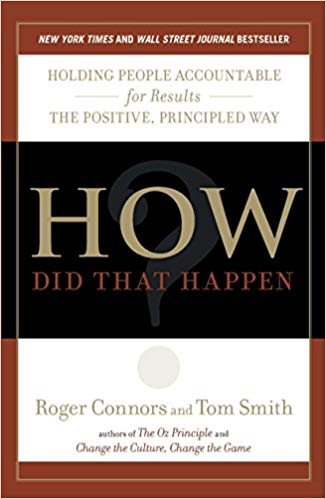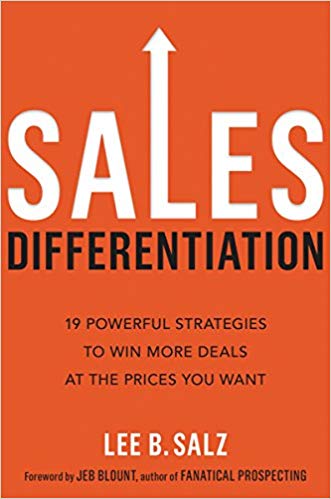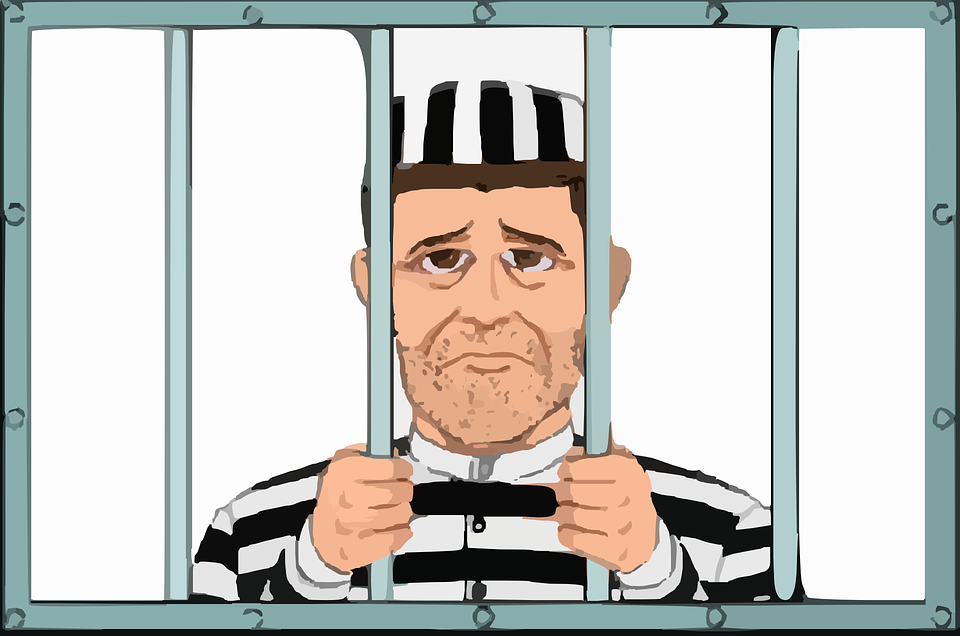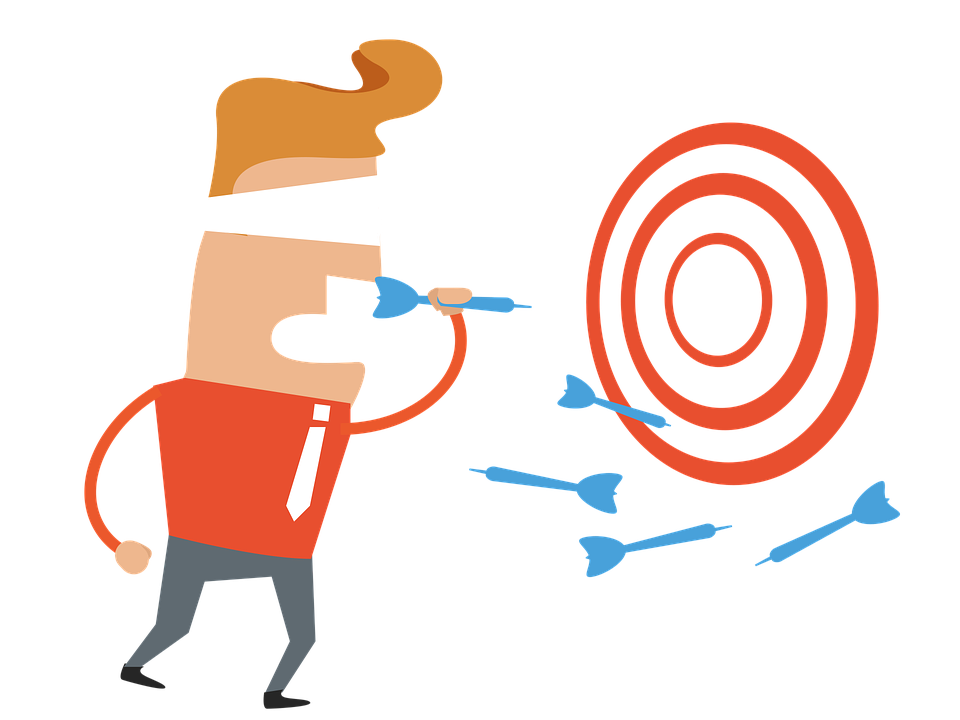Wholesale Distributor and Manufacturer Sales Training Must Transform Due to Market Perfect Storm
By Mark Allen Roberts
I enjoy training and coaching salespeople, it’s a passion mine. I led sales training for a global manufacturer, helped develop online training as well as flipped classroom training. I have often helped train wholesale distribution sales teams and coach sales managers. There is a perfect storm brewing that will capsize most manufacture and whole distributor training programs ROI if learning and development teams do not make some strategic course corrections now and batten down the hatches. This post will share the top 4 forces quickly converging on how train and we onboard manufacture and wholesale distributor salespeople.
There was a great movie based on a true story titled: The Perfect Storm. This movie shares the story of courageous men and women who risk their lives on rescue vessels and fishing boats. On Halloween night 1991 a fishing boat faced three raging weather fronts that unexpectantly collide to create the fiercest storm in modern history. If you have not seen the move here is a movie trailer. The experienced crew has weathered storms at sea before but never three storms converging all at once making the Perfect Storm.
Having trained manufacturer and whole sales distributor sales and sales managers I see a perfect storm, a sales problem brewing on the horizon and in this post I will share the 4 converging forces that will capsize the ROI of sales training if you do not transform your sales training programs now. The bigger impact of this perfect storm will be felt by manufactures and distributors alike in the next five to seven years and will be seen as:
- Sales growth quotas not achieved
- Lost sales you should have won
- Decline in customer experience
- Decline in customer satisfaction
- Reduced profit margins
- Higher sales unplanned turnover
- Large account defections to new competitors
- Poor Training ROI
- Manufactures not happy with their distributors
- Distributors not happy with manufactures
So what are these four converging forces about to rain down on how we train our sales people?
- New Generation of workers: Millennials and Gen Z
- Buyers changing how they buy and what they need to buy
- The Amazon affect and how it’s shaping buyer service expectations
- Top sales talent leaving the workforce
I think you will agree any one of these would have an impact on your salespeople and how we need to train them differently. However, all these 4 forces are converging over the next few years to make a sales training perfect storm.
Let’s unpack each a little more.
New Generation of Workers: Millennials and Gen Z Workers
A new generation of workers are entering manufacturers and distributors. By (2025) they will be the majority of your sales team. Each generation is influenced by their education, experiences, technology and geopolitical environment. That is why each generation has its own unique characteristics.
On an article titled: 7 surprising traits that make millennials excellent employees the author shares Millennials are:
- Curious
- Individualistic
- Want Financial Stability
- The digital Generation/ tech savvy
- Want and need regular feedback
- Like to Collaborate with others
Other things to consider is they plan to stay with employers 24-36 months and move on to new roles that teach them new skills. They expect their employers to invest in training and if employers do not, they move on quicker.
Let’s take a look at Gen Z workers.
The Warton University article shares this about Gen Z in the workplace:
“As a group, they are “sober, industrious and driven by money,” reports the Wall Street Journal, but also “socially awkward and timid about taking the reins.” They are risk-averse and more diverse, says Inc. magazine. Forbes says they “want to work on their own and be judged on their own merits rather than those of their team.”
Another article shared these traits for Gen Z:
- Preference for traditional communication
- Work individually
- Mobile first habits
- Motivated by Stability
- Naturally Competitive
- High Priority for healthy work life balance
Millennials and Gen Z workers will need new forms of training and managers will need to provide frequent coaching and not micromanagement. Both generations want to know the why of what they are doing and they plan to change jobs often.
Buyers Changing How They Buy
Due to the Internet Of Things buyers can and do conduct online research like never before.
- 70% of the buying process is over before they speak with a salesperson
- 44% of buyers have already made their buying decision
- 20% of buyers are only speaking with sales to finalize the shipping and other transaction information.
Buyers today want and need salespeople who are trusted advisors who provide valuable insights they cannot find online. 85% of buyers in one survey shared they expect salespeople to connect the dots from what they are selling to the impact it will have on the buyer’s bottom line and sadly only 15% of salespeople are meeting that expectation today.
In the past buyers made decisions based on regional proximity. Today with two clicks buyers can buy from all over the world opening up many new competitors you never faced in regional markets.
“The Amazon Effect” and how it’s shaping buyer service expectations
Entreprenuer.com article shared the Amazon Effect as:
“it generally refers to the difficulty many stores — particularly brick-and-mortar outlets — face when they compete with Amazon. The online retailer’s vast selection, fast shipping, free returns, low prices and “Prime” subscription service all serve to create high customer expectations for any retailer hoping to compete.”
More and more of Amazon revenues are from B2B sales each year impacting both manufacturers and wholesale distributors alike.
When buyers leave work and they go home to their families they are consumers. Each month 197 million consumers get on their devices and visit Amazon. They are experiencing what frictionless purchasing feels like and they can’t help but let it shape the type of experience they expect from their vendors at work.
Is buying from you as easy as two clicks?
How much friction do your buyers experience when buying from you?
Top Sales Talent Leaving the Workforce
Each day 10,000 boomers are leaving the workforce. This generation (my generation) often are in leadership positions in manufacturing and whole distributors. We did not grow up with technology but most of us adapted but many did not.
I just met with a sales branch manager at a distributor that has a 3-ring notebook with all his key account business cards, vendor sell sheets and a handwritten targeted account list. By the way he consistently is in the top 3 producers in his company. The challenge becomes he has so much what I would refer to as tribal knowledge. Because technology entered into his world at a later time the majority of what he knows is in his head. If you ask him how he consistently delivers the results he produces each year he often cannot tell you. If you complete a top producer analysis assessment you will discover the knowledge and sales competencies that he has.
In distribution in particular there are so many vendors, and SKU’s and nuances you just learn to know that are often not captured and it should not surprise us some distributors find it takes a new salesperson as much as six years to truly become effective generating incremental revenue. The manufactures I have served typically see a new salesperson deliver incremental revenue in 12-18 months on the job.
What are common characteristics of top performers today?
The business owners play book shares how to identify top performers and future leaders:
- Quality – if you are going to do something do it right
- Skills Development– continuous learning
- Fearless decision making – they leverage data and make decisions
- Desire input from others
- Self-Directed – they have a plan and work the plan
- Emotionally intelligent-cool under pressure
- Strong people skills– interpersonal communication and listening skills
Boomers who often lead departments and are top performers will be leaving over the next five to seven years. One distributor shared with me they estimate over 50% of their workforce will be retiring over the next eight years.
I hear some of you saying: “This is all interesting and I knew most of this, so what about this perfect storm again Mark?”
Glad you asked.
Your sales training and onboarding must change to support the audience you are now training.
You must immediately start capturing that tribal knowledge digitally today.
Some key characteristics of modern learning?
Asynchronous
Online and flipped classroom application
Trainee is in charge
Fast paced
Just enough
Relevant to the sales role and customers
Just in time with workflow
Mobile friendly
Peer to peer learning critical component
Interactive
Gamification will appeal to the new generations
Virtual Reality and Augmented reality will become the norm
On the job tool and learning aids will be critical
If you would like to learn more about modern sales learning programs I wrote a whitepaper titled: 17 training innovations for the future and you can download a copy here.
Other consideration before we close?
You don’t have the time (6 months) to train new salespeople like the past.
Death by PowerPoint instructor led training alone does not work with new workers.
Instructor led one and done training without reinforcement or application exercises does not stick.
You don’t have 6 months to train salespeople who plan leave in 24 months.
On the job training is great if managers do it (50% of the time they do not)
The new generation wants coaches not managers.
Your sales managers will need strong coaching skills.
With every new challenge an innovator will design and deliver new solutions to meet the challenges.
What will sales training look like in the next 5 years for manufacturers?
What will distributor onboarding and sales training look like?
How will these converging four forces impact your sales?
What will sales training need to look like if employees only stay 24 months?
So there you have it. All the above forces are quickly converging and will create a perfect storm for training manufacturer and wholesale distribution salespeople.
What do you think?
Is my argument that sales training must change all wet?
Is there something I forgot to consider?
How does your team plan to weather this storm like we have never seen before?
I see this as an urgent and pervasive problem that is growing each month and must be solved.
If you have some ideas how to solve this perfect storm of a sales training problem I would enjoy chatting.






